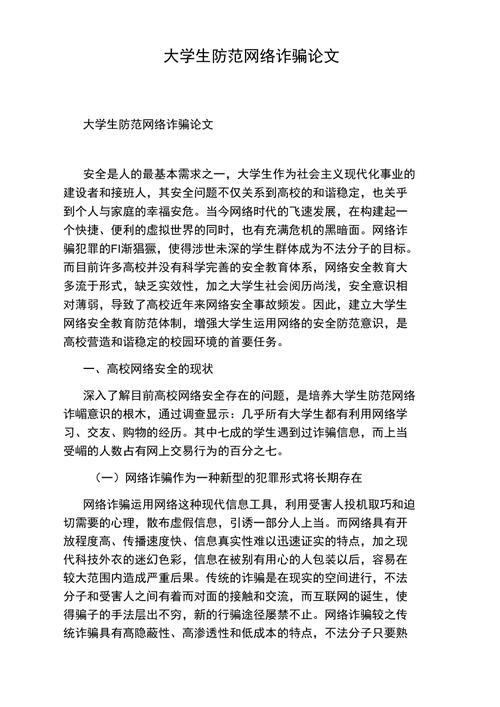Title: Enhancing Blockchain Security: Case Studies and Prevention Measures
Introduction
In recent years, blockchain technology has gained significant attention for its potential to revolutionize various industries, from finance to supply chain management. However, with its widespread adoption, concerns about security vulnerabilities have also emerged. This paper explores notable cases of blockchain vulnerabilities and proposes preventive measures to enhance blockchain security.
1. The DAO Hack
The Decentralized Autonomous Organization (DAO) was a smart contractpowered venture capital fund on the Ethereum blockchain. In June 2016, it fell victim to a significant hack, resulting in the loss of millions of dollars' worth of Ether. The attacker exploited a vulnerability in the DAO's smart contract code, enabling them to siphon funds into a child DAO.
*Preventive Measures:*
Rigorous Smart Contract Audits: Conduct comprehensive audits of smart contract code to identify and address potential vulnerabilities before deployment.
Formal Verification: Employ formal verification techniques to mathematically prove the correctness of smart contracts and ensure they behave as intended under all conditions.
2. Parity Wallet Multisig Bug
In July 2017, a critical vulnerability was discovered in Parity's multisignature wallet smart contract, resulting in the freezing of over $150 million worth of Ether. The bug allowed a user to become the owner of the contract by calling a specific function, effectively locking out other users from accessing their funds.
*Preventive Measures:*
Robust Testing Protocols: Implement thorough testing procedures, including both unit testing and integration testing, to identify and address vulnerabilities in smart contract code.
Continuous Monitoring: Employ continuous monitoring tools to detect and respond to suspicious activity on the blockchain network promptly.
3. Double Spending Attacks
Double spending attacks involve spending the same cryptocurrency more than once by exploiting vulnerabilities in the blockchain network's consensus mechanism. While Bitcoin's proofofwork consensus mechanism is designed to prevent double spending, alternative consensus mechanisms like proof of stake are susceptible to such attacks.
*Preventive Measures:*
Consensus Mechanism Design: Choose a consensus mechanism that aligns with the specific security requirements of the blockchain network.
Network Partitioning: Implement mechanisms to detect and mitigate network partitions, reducing the risk of double spending attacks.
4. 51% Attacks
In a 51% attack, a malicious actor gains control of the majority of a blockchain network's mining power, enabling them to manipulate transactions, double spend coins, or prevent other miners from validating transactions. This attack has been observed in several smaller cryptocurrencies.
*Preventive Measures:*
Increased Network Hash Rate: Encourage widespread participation in mining to increase the network's overall hash rate, making it more difficult for attackers to control the majority.
Consensus Algorithm Enhancements: Explore alternative consensus algorithms that are resistant to majority attacks, such as proof of stake or delegated proof of stake.

Conclusion
Blockchain technology offers immense potential for various applications, but its security vulnerabilities must be addressed to realize its full benefits. By learning from past incidents and implementing robust preventive measures, stakeholders can enhance blockchain security and foster greater trust and adoption in decentralized systems. Vigilance, collaboration, and continuous improvement are essential in safeguarding blockchain networks against emerging threats.
References:
1. Buterin, V. (2016). DAO Wars: How Ethereum Was Hacked. Retrieved from https://vitalik.ca/general/2017/06/25/dao.html
2. Parity Technologies. (2017). Update on MultiSig Contract Vulnerability. Retrieved from https://www.parity.io/updatemultisigcontractvulnerability/
3. Nakamoto, S. (2008). Bitcoin: A PeertoPeer Electronic Cash System. Retrieved from https://bitcoin.org/bitcoin.pdf
标签: 区块链漏洞防范案例论文怎么写 区块链典型案例 区块链 数据泄露






